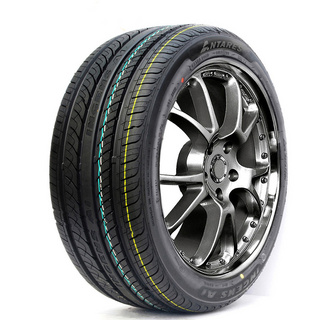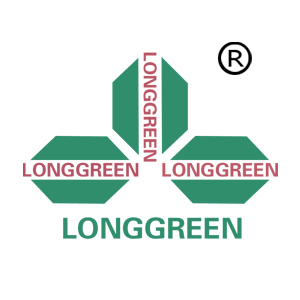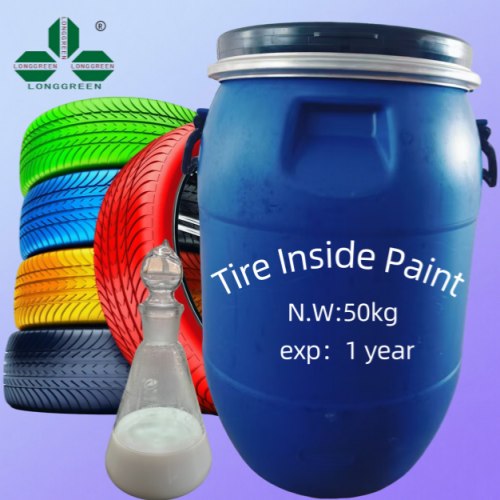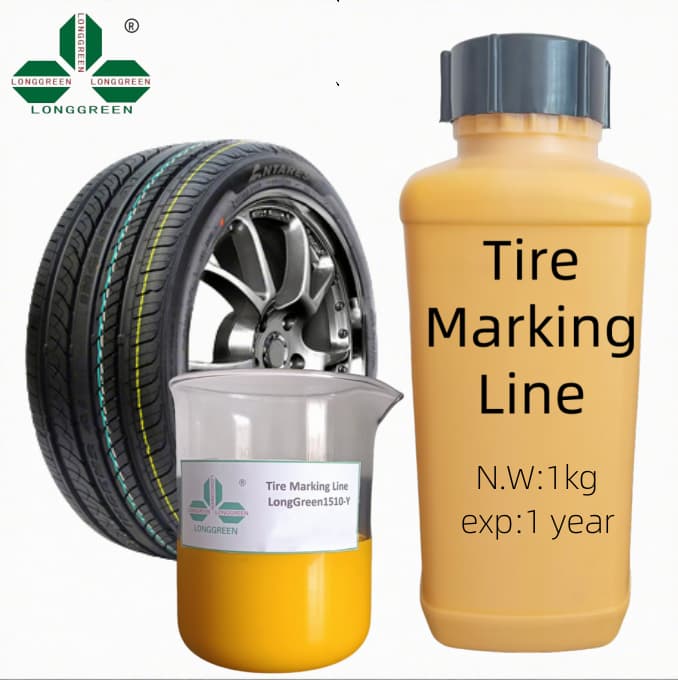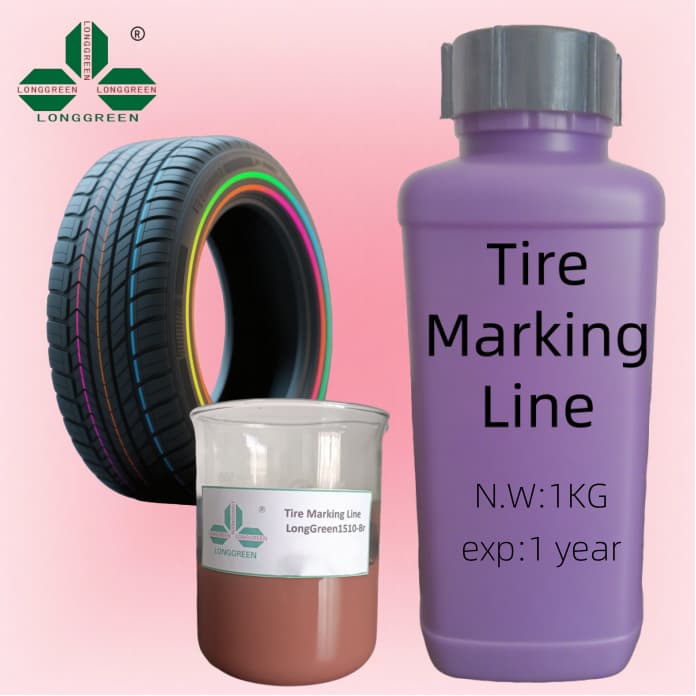In the intricate process of tire manufacturing, there exists a set of easily overlooked yet crucial elements—the colorful lines on tires. These lines, applied before the critical vulcanization stage, serve as silent guides that ensure precision, traceability, and quality control throughout production, playing an indispensable role in the industry’s operational efficiency.
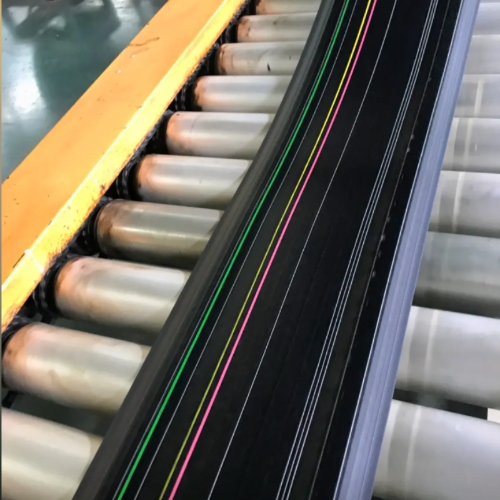
Core Functions of the Colorful Lines on Tires
These lines are far from decorative; they carry specific operational meanings that streamline the production workflow.
Production Traceability: Each color and pattern of the lines corresponds to specific production batches, raw material sources, or processing stations. This allows manufacturers to quickly track the entire production history of a tire if issues arise during subsequent processes, significantly reducing the time for root-cause analysis.
Specification Identification: Different tire models, sizes, and performance grades are distinguished by the colorful lines on tires. Workers can instantly recognize the tire’s specifications by observing these lines, avoiding confusion in assembly lines where multiple tire types are produced simultaneously.
Quality Pre-Inspection: The integrity of the colorful lines on tires is also a preliminary indicator of production quality. If the lines are uneven, discolored, or missing, it may signal problems with the rubber compound’s consistency or the application equipment, prompting timely adjustments before vulcanization.
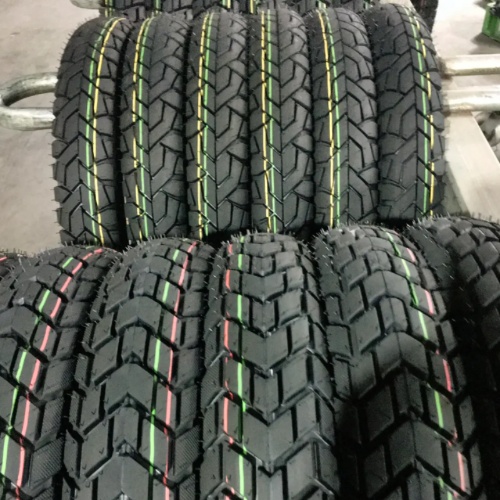
Technical Characteristics of Pre-Vulcanization Colorful Lines
The colorful lines on tires applied before vulcanization have unique technical properties tailored to the manufacturing environment.
Material Selection: The inks used for these lines are specially formulated to withstand the high temperature and pressure of the vulcanization process. They must remain stable without fading or smudging, ensuring the lines’ legibility even after the tire is shaped and hardened.
Precision Application: The lines are applied via automated systems with micron-level accuracy. The width, length, and spacing of these lines are strictly calibrated to match the tire’s design parameters, as any deviation could affect subsequent processing steps.
Industry Significance and Future Trends
The widespread adoption of the colorful lines on tires reflects the tire industry’s pursuit of standardized and intelligent production. These lines bridge the gap between manual operation and automated monitoring, enabling seamless data flow in smart factories.
Looking ahead, the role of the colorful lines on tires is expected to evolve. With the integration of digital technology, future lines may incorporate invisible coding or RFID tags, while retaining their visual color characteristics. This will further enhance traceability and enable real-time data collection, making the colorful lines on tires an even more vital component in the next generation of tire manufacturing.
